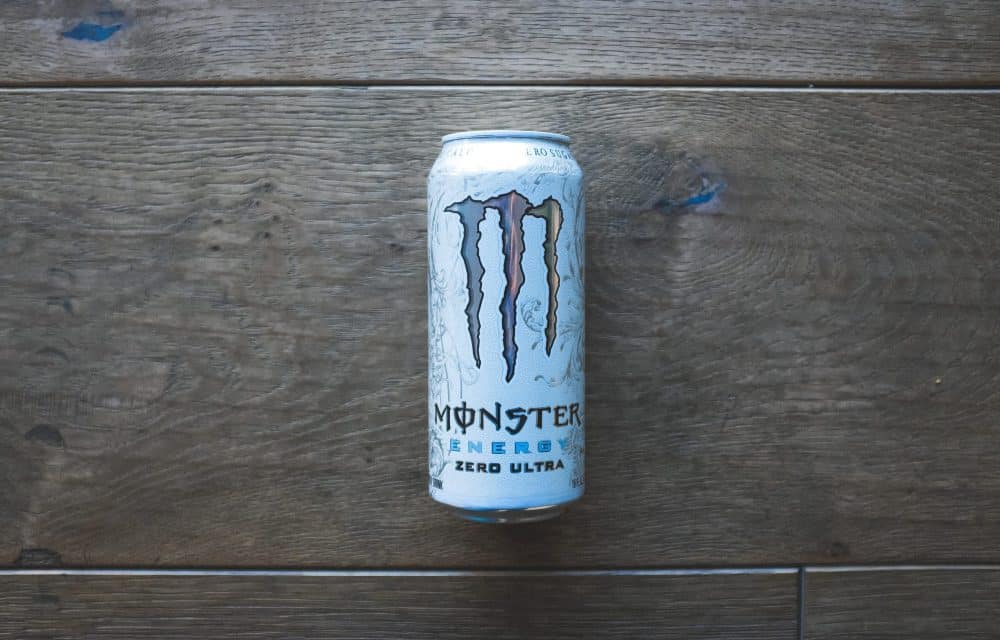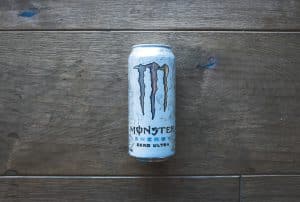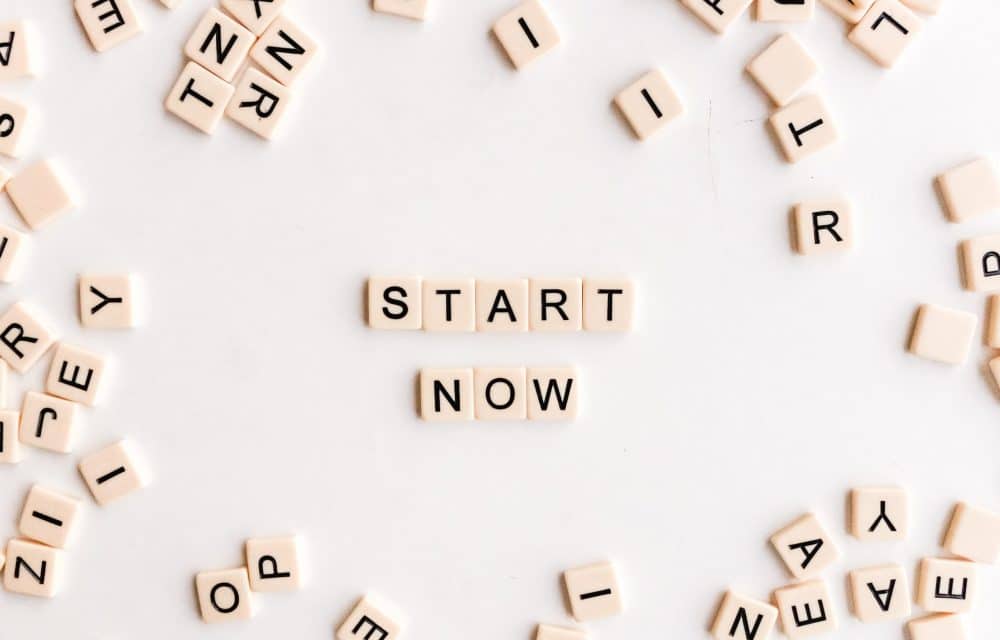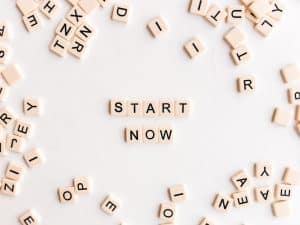Calming Herb And Spices To Fight Anxiety
 Anxiety, being uptight and suffering from stress occurs everywhere, not just Louisville, KY. You don’t have to run to a physician to get a prescription or take an over the counter medication to help you relax. There are lots of natural ways to get rid of that anxious feeling. Exercise is one of those ways to burn off stress hormones. A good night’s sleep is another. For those occasional times, using calming herb and spices can also help to fight anxiety.
Anxiety, being uptight and suffering from stress occurs everywhere, not just Louisville, KY. You don’t have to run to a physician to get a prescription or take an over the counter medication to help you relax. There are lots of natural ways to get rid of that anxious feeling. Exercise is one of those ways to burn off stress hormones. A good night’s sleep is another. For those occasional times, using calming herb and spices can also help to fight anxiety.
Try a cup of chamomile tea.
Since ancient Greece, chamomile has been a source of help for relaxation. It has a calming effect and studies show that it’s the phenolics, like flavonoids, phenolic acids, quinones and several other phytochemical antioxidants that not only help you sleep and relax, but also aid in anxiety relief. Studies of chamomile also found that it can reduce stress related headaches and loss of appetite. One study showed that chamomile demonstrated a reduction of cortisol, a marker of stress. Use the flowers of chamomile to make the tea.
That delicious scent of lavender is what you need for a relaxing moment.
This is another herb that’s been used for its calming effects for centuries. While you can make lavender, using it as part of aromatherapy, or as a massage oil brings the best results. It does more than just calm you and relieve your anxiety. It can make you feel more positive, too. Some people put a drop or two of the oil on a small cloth and lay it on their pillow when they sleep. It reduces the level of cortisol. In fact, when compared in a drug study to an anti-anxiety drug, lorazepam, it was as effective for persistent anxiety.
Ginger is yummy, makes a great tea and also helps you become more mellow.
If you’ve ever consumed ginger tea for stomach problems, you may have also experienced how relaxed it made you feel. The Gingerol, which is an antioxidant, lowers the stress hormones in the body. It’s one reason it’s often just what you need when your stomach is in knots or upset. If you’re under stress, your digestive system slows. There’s less stomach acid and movement of food through the stomach and the intestines. Ginger helps that by boosting the production of stomach acid that’s slowed by stress. Add fresh ginger to your cooking or chop it up and pour water over it for tea. You can also buy ginger tea bags.
- Sprinkle on some turmeric for not only stress reduction and improved mood, but improved heart and brain health. It just takes ¼ teaspoon a day to make a difference.
- That heavenly smelling basil may help you improve your brain and overall cognitive functioning, but it’s also good for stress. There are a number of different types of basil, which include a variety of flavors from lemon to cinnamon. Holy basil is usually considered the most medicinal.
- Lemon balm is an easy to grow herb that adds the flavor of lemon. You can use it in cooking, and it goes well with pork and fish. To get the relaxing effect, create a tea or use it in aromatherapy.
- Nutmeg is another relaxing spice that’s mentioned frequently in folk medicine for its ability to help you relax. It contains myricetin and elemicin to do that, while also boosting the creation of mood improving serotonin and dopamine. In the case of nutmeg, adding just a pinch to your food can help.
For more information, contact us today at Body Sculptors Personal Training



 No matter where you live, Louisville, KY, or other city, you probably have heard of a variety of different diets, including the Paleo Diet. If you don’t know what it is, it’s a diet based on what man probably ate during the Paleolithic era. It’s also called the caveman diet for the same reason. Why would you go back to that type of menu? Those who practice it and follow the diet say it’s more like eating what the body is matched to genetically, before the era of farming.
No matter where you live, Louisville, KY, or other city, you probably have heard of a variety of different diets, including the Paleo Diet. If you don’t know what it is, it’s a diet based on what man probably ate during the Paleolithic era. It’s also called the caveman diet for the same reason. Why would you go back to that type of menu? Those who practice it and follow the diet say it’s more like eating what the body is matched to genetically, before the era of farming.
 In today’s busy world, it’s easy to run on empty, many Americans do. That’s not healthy. It’s better to increase your energy levels naturally by making lifestyle changes. Not only will you get a boost to your energy levels, you’ll also improve your overall health, so it’s a win-win situation. When your energy level is low, you get less done because you’re moving slower, both physically and mentally. Making changes may take time from your schedule, but with that extra energy, you’re creating even more time than it took.
In today’s busy world, it’s easy to run on empty, many Americans do. That’s not healthy. It’s better to increase your energy levels naturally by making lifestyle changes. Not only will you get a boost to your energy levels, you’ll also improve your overall health, so it’s a win-win situation. When your energy level is low, you get less done because you’re moving slower, both physically and mentally. Making changes may take time from your schedule, but with that extra energy, you’re creating even more time than it took.
 There’s a lot of reasons to focus on fitness, one of those is to help your body function at its peak performance, which includes biochemical actions. Serotonin one of the products created. It’s a neurotransmitter, which means relays messages between neurons and are part of the central nervous system, influencing the nervous system and brain cells both directly and indirectly. The only way for the brain to get it and have proper serotonin levels in the brain is for the brain to produce it, since it can’t cross the blood-brain barrier and has to be produced in the brain.
There’s a lot of reasons to focus on fitness, one of those is to help your body function at its peak performance, which includes biochemical actions. Serotonin one of the products created. It’s a neurotransmitter, which means relays messages between neurons and are part of the central nervous system, influencing the nervous system and brain cells both directly and indirectly. The only way for the brain to get it and have proper serotonin levels in the brain is for the brain to produce it, since it can’t cross the blood-brain barrier and has to be produced in the brain.
 If you come to Body Sculptors in Louisville, KY, you’ll probably see a number of people touting energy drinks, including zero calorie energy drinks. One of my clients asked me which was healthiest and frankly, there are positives and negatives to both types of drinks. Let me first address the zero calorie drinks. These drinks have no added sugar, so they’re lower in calories. That gives them a lead immediately if you’re trying to lose weight.
If you come to Body Sculptors in Louisville, KY, you’ll probably see a number of people touting energy drinks, including zero calorie energy drinks. One of my clients asked me which was healthiest and frankly, there are positives and negatives to both types of drinks. Let me first address the zero calorie drinks. These drinks have no added sugar, so they’re lower in calories. That gives them a lead immediately if you’re trying to lose weight.
 Everyone that cooks has oil habits. That means everyone has a go-to oil they use all the time, regardless of the heat used to cook or even the recipe used. For some people, it’s corn oil, for others, olive oil or even clarified butter. If your grandparents are alive, they may tell you that their grandmother saved bacon grease and pork fat to cook with and called it lard. Is there a single type of oil that’s best for all types of cooking?
Everyone that cooks has oil habits. That means everyone has a go-to oil they use all the time, regardless of the heat used to cook or even the recipe used. For some people, it’s corn oil, for others, olive oil or even clarified butter. If your grandparents are alive, they may tell you that their grandmother saved bacon grease and pork fat to cook with and called it lard. Is there a single type of oil that’s best for all types of cooking?
 If you think that eating healthy can be too expensive, since fresh fruit and vegetables can cost a lot, reconsider. Healthy options don’t always have to be fresh. Both frozen and canned veggies can be nutritious, but you have to read the label and see all the ingredients, particularly on the canned vegetables. Some canned vegetables contain high amounts of sodium and it’s a known fact that too much sodium can cause hypertension, which leads to stroke, heart disease and kidney disease.
If you think that eating healthy can be too expensive, since fresh fruit and vegetables can cost a lot, reconsider. Healthy options don’t always have to be fresh. Both frozen and canned veggies can be nutritious, but you have to read the label and see all the ingredients, particularly on the canned vegetables. Some canned vegetables contain high amounts of sodium and it’s a known fact that too much sodium can cause hypertension, which leads to stroke, heart disease and kidney disease.
 People in Louisville, KY, are special, but like people all over the world, often wait until the new year starts to make those resolutions to get fit. In fact, the first month of the year is often the busiest. If you meant to start getting fit, but life made it impossible for you to begin that first week, that doesn’t mean you can’t start now. In fact, you have 365 new chances to start. Instead of calling it a resolution, make it a goal that you’re determined to achieve.
People in Louisville, KY, are special, but like people all over the world, often wait until the new year starts to make those resolutions to get fit. In fact, the first month of the year is often the busiest. If you meant to start getting fit, but life made it impossible for you to begin that first week, that doesn’t mean you can’t start now. In fact, you have 365 new chances to start. Instead of calling it a resolution, make it a goal that you’re determined to achieve.
 One of the biggest deterrents people face when they want to achieve any goal is lack of belief that they can do it. The power of belief is important, whether you’re developing a business, focusing on fitness or simply want to feel better. Belief in a doctor or medicine is half the cure and so is belief in yourself when you want to accomplish a goal. If you believe you can do it, you’re halfway there to conquering your goal.
One of the biggest deterrents people face when they want to achieve any goal is lack of belief that they can do it. The power of belief is important, whether you’re developing a business, focusing on fitness or simply want to feel better. Belief in a doctor or medicine is half the cure and so is belief in yourself when you want to accomplish a goal. If you believe you can do it, you’re halfway there to conquering your goal.